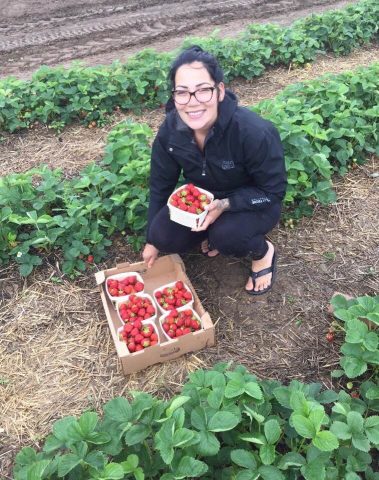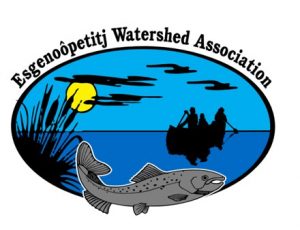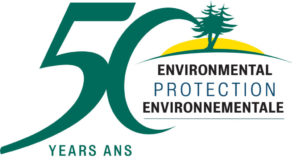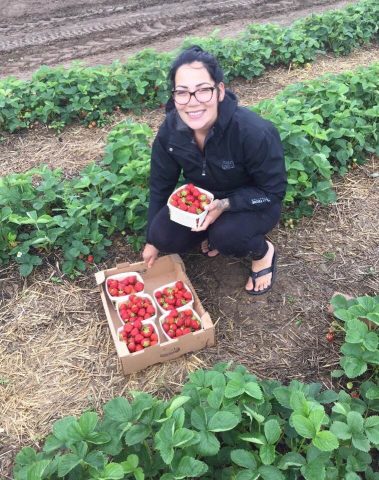The Esgenoôpetitj Watershed Association’s work also shines light on traditional burial ground and unearths E. coli contamination in local stream

New initiatives at the Esgenoôpetitj Watershed Association hope to connect young people to the land by mixing Indigenous knowledge with scientific learning.
“A lot of community members don’t know their own culture or their own language,” said Samantha Robichaud, project manager.
“That’s a pretty big deal for a lot of us around the community of Esgenoôpetitj. A lot of this program is to connect the children and youth with the elders because they have all that traditional knowledge that could be passed down.”
Her organization launched these initiatives after talking to members of the Burnt Church (Esgenoôpetitj) First Nation, including chief and council, who expressed concern their children didn’t have a strong enough connection to the land.
Gathering info on traditional burial site
Some of these programs will kick into high gear this September but others have already begun.
Her association has enlisted children to help sample water quality and map nearby coastlines with GPS trackers to show changes from erosion.
The initiative uses scientific equipment to enhance the children’s understanding about the land they come from – teaching them about the past and the future all at once.
“We’re teaching them the history and traditional knowledge along with the new scientific way of learning,” Robichaud said.
Her team is also trying to gather information from elders on a traditional burial site, a sacred area for First Nations living nearby, which has fallen out of use.
She’s planning more interviews about the burial ground – located at Diggle Point – to better identify which elders have the best understanding of its cultural and historical significance.
“Those are the elders that I would include with the children,” she said.

Discovers E. coli
But while the purpose of the program is to help enrich the lives of the local young people, it’s also shining a light on issues facing the community.
Separate from her work with the children and part of the association’s water quality sampling initiative, her team discovered a stream on the reserve has high counts of E. coli. She said it was discovered in a nearby brook, not in the drinking water, but says it’s still a concern for her group.
“It’s over the safe levels of E. coli right now,” Robichaud said. “[At] one of our sites.”
Her team discovered that the bacteria, located near a water treatment centre, has historically been found in high concentrations there – even before the water treatment centre was established. Her team has been investigating the issue since last year.
When asked if the bacteria poses a threat to the community, Robichaud said she’s unsure.
“I can’t say ‘no’ because it’s close to people’s homes,” she said.
The Department of Environment and Local Government is aware of the high levels, she said, but the investigation is still in its early stages.
Beyond its work with the children, Robichaud said her team also works to delineate wetlands and is developing safety plans for the community in preparation for natural disasters.
On Sunday, Aug. 18, Robichaud was at a powwow, set up to answer questions about the work the watershed association does. She hopes to stir up interest.
“There needs to be a lot more awareness,” she said.


